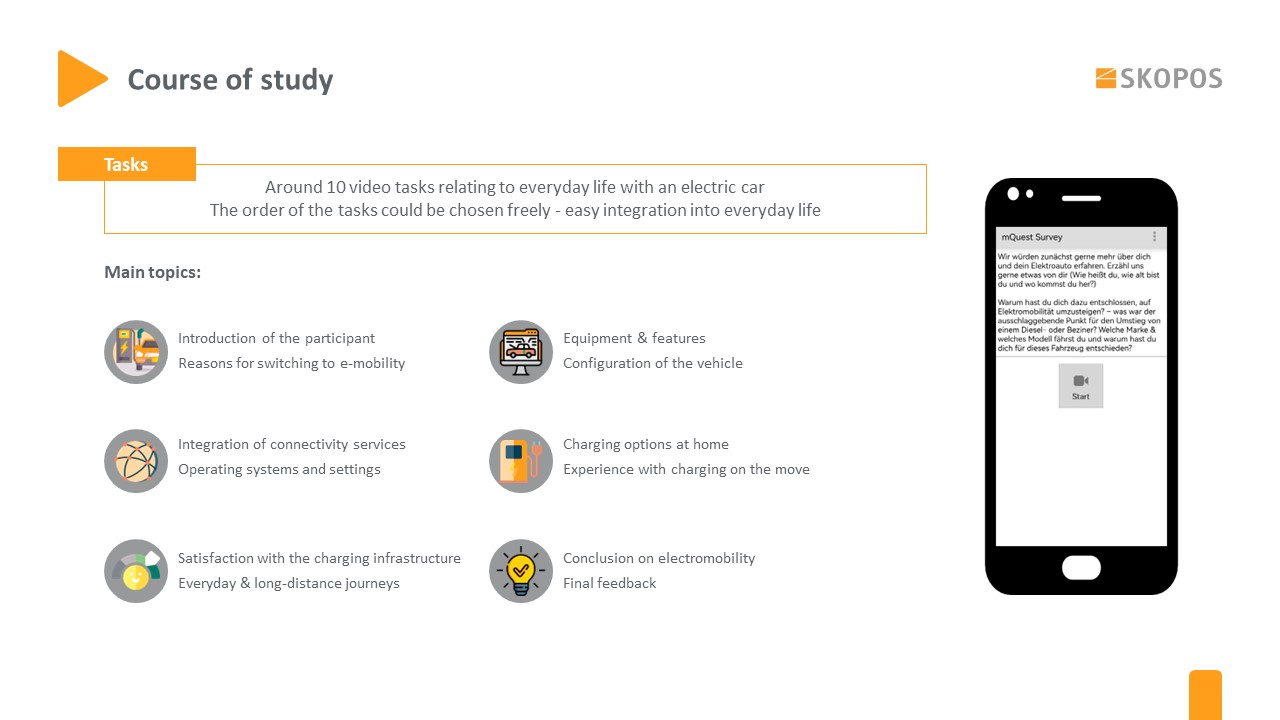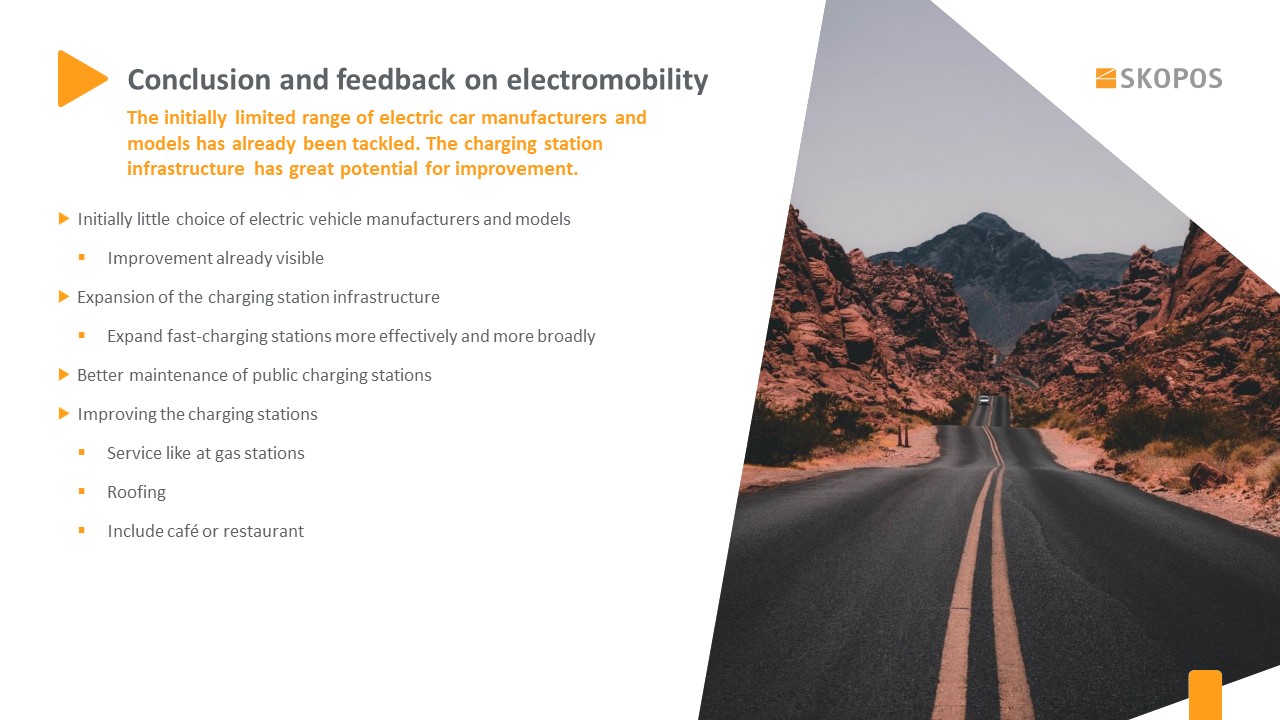Case Study – Mobile Ethnography for Ionity
How Ionity immersed itself in the everyday lives of people with electric cars.
The challenge
E-mobility put to the test
IONITY has been introducing electric mobility to Europe’s roads since 2017 and now operates charging stations with green energy at over 600 locations.
The main challenge of the project was to better understand the classic everyday situations of electric car users and to uncover the problems they face in their daily lives.
At the same time, we asked ourselves how we could find suitable test subjects who, on the one hand, own an electric vehicle and, on the other, would willingly give us an insight into their lives.
The goal
What electric car owners really want
The aim of the project was to identify optimization approaches that would help IONITY to tailor its offering even better to the needs of its (potential) customers in the future.





 zu einem optimalen Filtertüten-Sortiment verhelfen!
zu einem optimalen Filtertüten-Sortiment verhelfen!